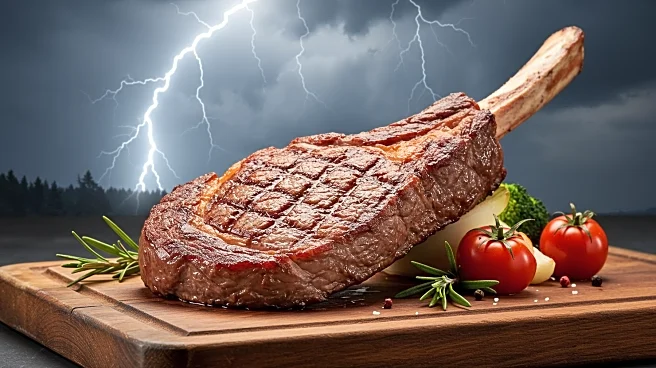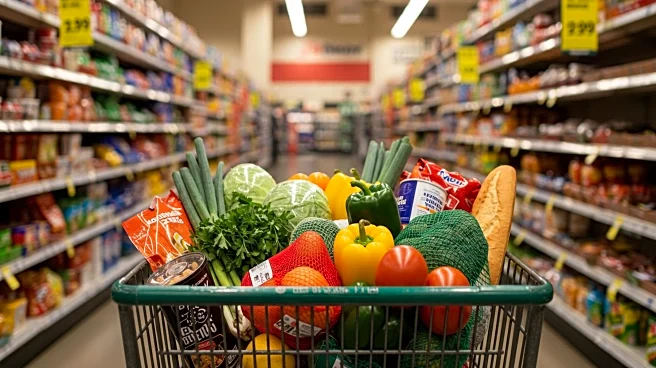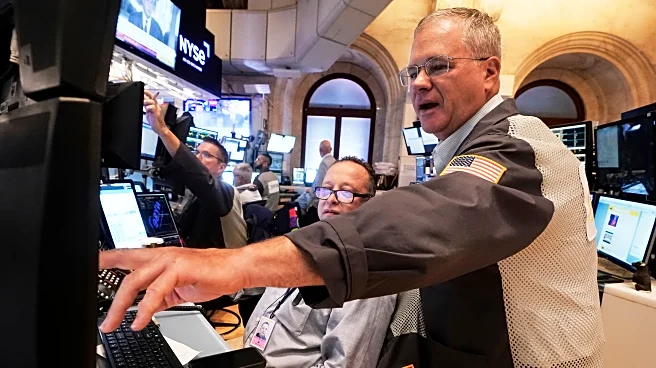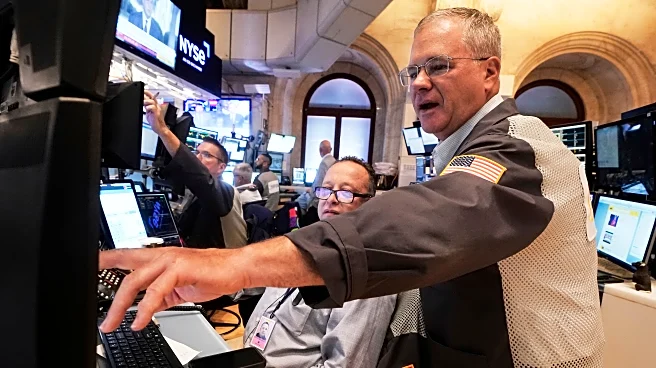What's Happening?
Ground beef prices in the United States have surged by 10.3% since June 2024, reaching over $6 per pound. This increase is attributed to several factors, including the lowest herd sizes in nearly 75 years, driven by drought and high feeding costs. Food economist David Ortega has indicated that these pressures could keep prices elevated for up to four years. Additionally, tariffs are contributing to the rising costs, with President Trump threatening a 50% tariff on Brazilian imports, which are essential for mixing with fattier American beef to create ground beef blends.
Why It's Important?
The rising cost of ground beef is significant as it affects consumer spending and food affordability. With herd sizes at historic lows, the recovery of beef supplies is slow, impacting producers and consumers alike. The potential tariffs on Brazilian imports could further exacerbate the situation, leading to higher prices for ground beef and hamburger meat. This situation highlights the vulnerability of food supply chains to extreme weather and trade policies, affecting both the agricultural industry and consumer markets.
What's Next?
Producers are attempting to rebuild herds, but face biological delays and tighter margins. It takes three years to increase herd sizes due to the gestation and raising process. Efforts to diversify food supply chains and implement drought-resilient practices are underway to boost resilience against food supply shocks. Consumers are encouraged to plan carefully and shop smarter to reduce pressure on the food system and save money.
Beyond the Headlines
The situation underscores the need for sustainable agricultural practices and resilient food supply chains. As extreme weather events become more frequent, the agricultural sector must adapt to ensure food security. The potential tariffs also raise questions about trade policies and their impact on domestic food prices, highlighting the interconnectedness of global trade and local economies.













